Results
-
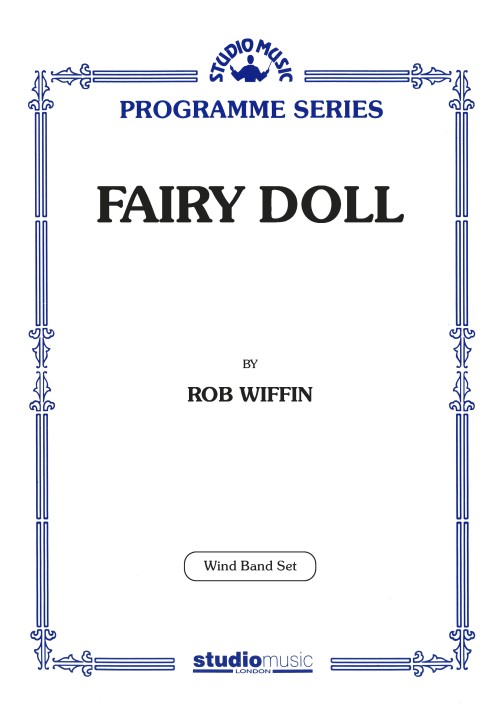 £87.95
£87.95Fairy Doll (Concert Band - Score and Parts) - Wiffin, Rob
Clever scoring introduces the Christmas spirit of Bizet's Farandole. Integration of Christmas carols (God Rest Ye Merry, Gentlemen and Hark the Herald Angels Sing) will bring joy to your audience - and set many feet tapping!Duration: 3.45
Estimated dispatch 7-14 working days
-
 £17.95
£17.95Fairy Doll (Concert Band - Score only) - Wiffin, Rob
Clever scoring introduces the Christmas spirit of Bizet's Farandole. Integration of Christmas carols (God Rest Ye Merry, Gentlemen and Hark the Herald Angels Sing) will bring joy to your audience - and set many feet tapping!Duration: 3.45
Estimated dispatch 7-14 working days
-
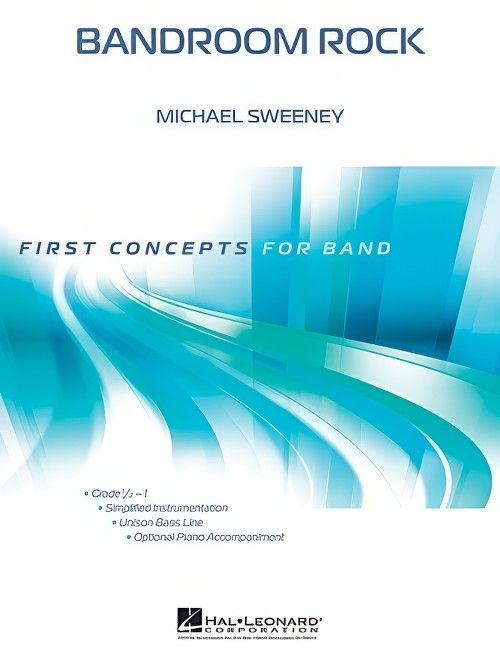 £44.99
£44.99Bandroom Rock (Concert Band - Score and Parts) - Sweeney, Michael
Using only limited rhythms and ranges, Bandroom Rock is a great way to get your beginning players energised and motivated. The low brass starts things off, following the rest of the band and short feature spots for the percussion section. Fun for all!
Estimated dispatch 7-14 working days
-
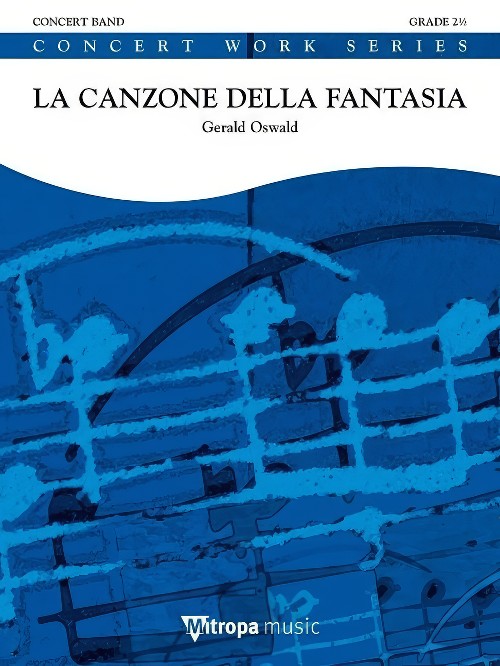 £84.99
£84.99La Canzone della Fantasia (Concert Band - Score and Parts) - Oswald, Gerald
The chorale La Canzone della Fantasia is suitable for every wind band, thanks to its careful instrumentation. It is especially suitable as an exercise for your orchestra. Above all this piece serves as an ideal point of rest in any concert programme, allowing your audience to forget the hectic nature of everyday life.Duration: 3.30
Estimated dispatch 7-14 working days
-
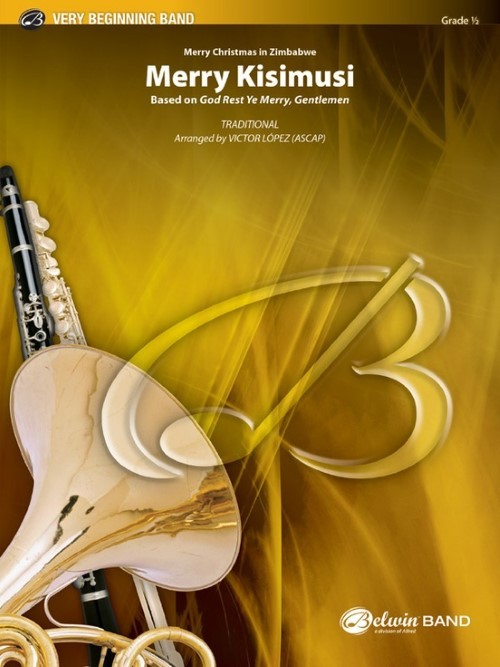 £46.95
£46.95Merry Kisimusi (Concert Band - Score and Parts) - Lopez, Victor
Based on God Rest Ye Merry, Gentlemen"Merry Kisimusi," which means "Merry Christmas" in Zimbabwe, utilises only the first six notes introduced in most beginning band method books. Without a key signature, this piece is extremely easy to learn and teach.Duration: 2:00
Estimated dispatch 7-14 working days
-
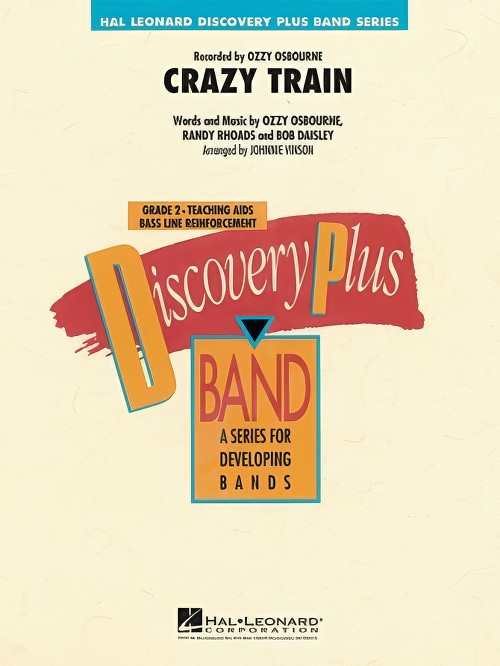 £53.50
£53.50Crazy Train (Concert Band - Score and Parts) - Vinson, Johnnie
Featuring a signature bass line riff and powerful rock beat, this Ozzy Osbourne hit remains one of the classic rock anthems of all time. The trumpets take centre stage at the beginning, and are then joined by the rest of the ensemble in this great-sounding arrangement for young players.
Estimated dispatch 7-14 working days
-
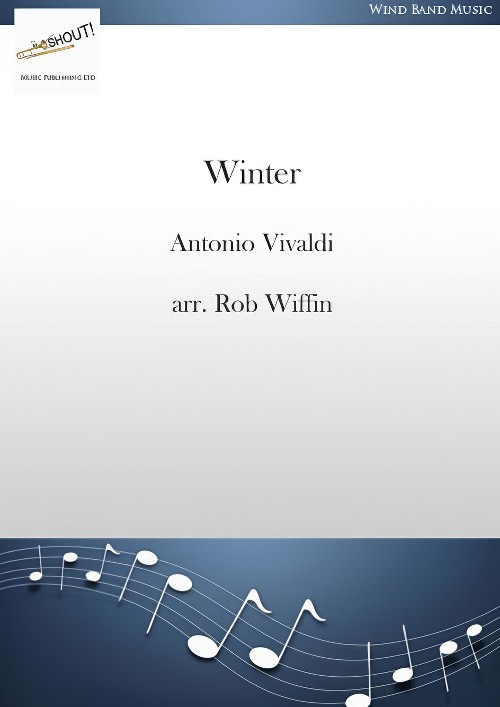 £36.95
£36.95Winter (Concert Band - Score and Parts) - Vivaldi, Antonio - Wiffin, Rob
An arrangement of a slow movement from Vivaldi?€s The Four Seasons. Vivaldi?€s The Four Seasons concertos (1723) remain hugely popular. This straightforward arrangement is of the Largo from Concerto No. 4 in F minor, Op. 8, RV 297, L'inverno (Winter). Vivaldi described the feeling of this music as ?€To rest contentedly beside the hearth, while those outside are drenched by pouring rain?€. Duration: 2.35
Estimated dispatch 7-14 working days
-
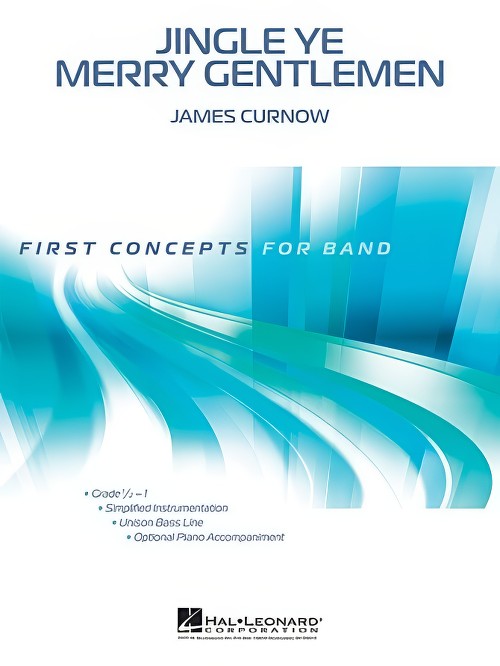 £38.50
£38.50Jingle Ye Merry Gentlemen (Concert Band - Score and Parts) - Curnow, James
Cleverly combining Jingle Bells with God Rest Ye Merry, Gentlemen, here is an entertaining arrangement for young players reminiscent of an old-fashioned sleigh ride. It's fun, it's jolly and it brings to life the Christmas season.
Estimated dispatch 7-14 working days
-
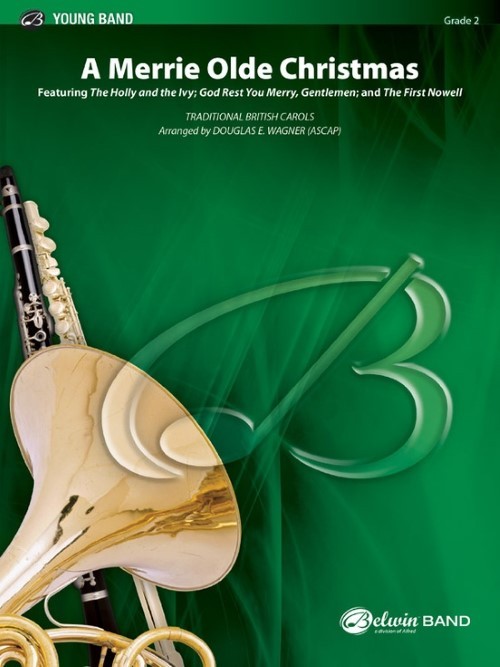 £55.50
£55.50A Merrie Olde Christmas (Concert Band - Score and Parts) - Wagner, Douglas E.
Although the traditions began several centuries ago, here is a colourful medley of carols that were popular in Victorian England in contemporary treatments. Including "The Holly and the Ivy," "God Rest You Merry, Gentlemen," and "The First Nowell," this is properly joyous music for the happiest time of the year.Duration: 2:30
Estimated dispatch 7-14 working days
-
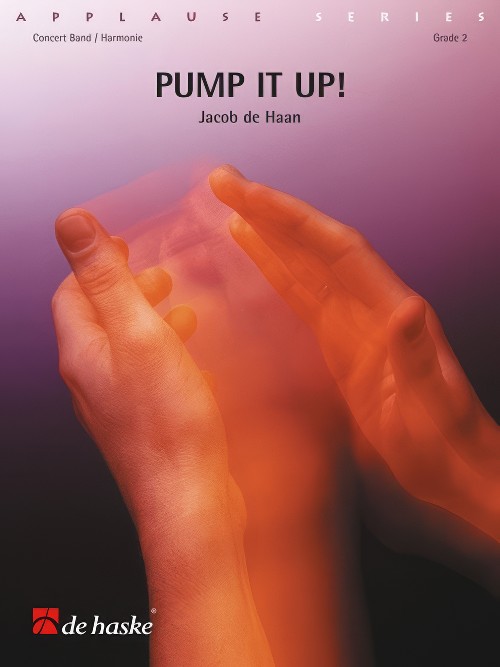 £60.99
£60.99Pump it Up! (Concert Band - Score and Parts) - De Haan, Jacob
Energy, an irrepressible call to the dance floor and punchy 'pumping' basses are the perfect mix of ingredients for Pump It Up! Nimble melodies and zestful rhythms over a tight beat supply the rest: this top new title by Jacob de Haan is a sure-fire hit, evoking memories of top entertainment hits such as Cornfield Rock, Queen's Park Melody and Discoduction.Duration: 3.00
Estimated dispatch 7-14 working days
